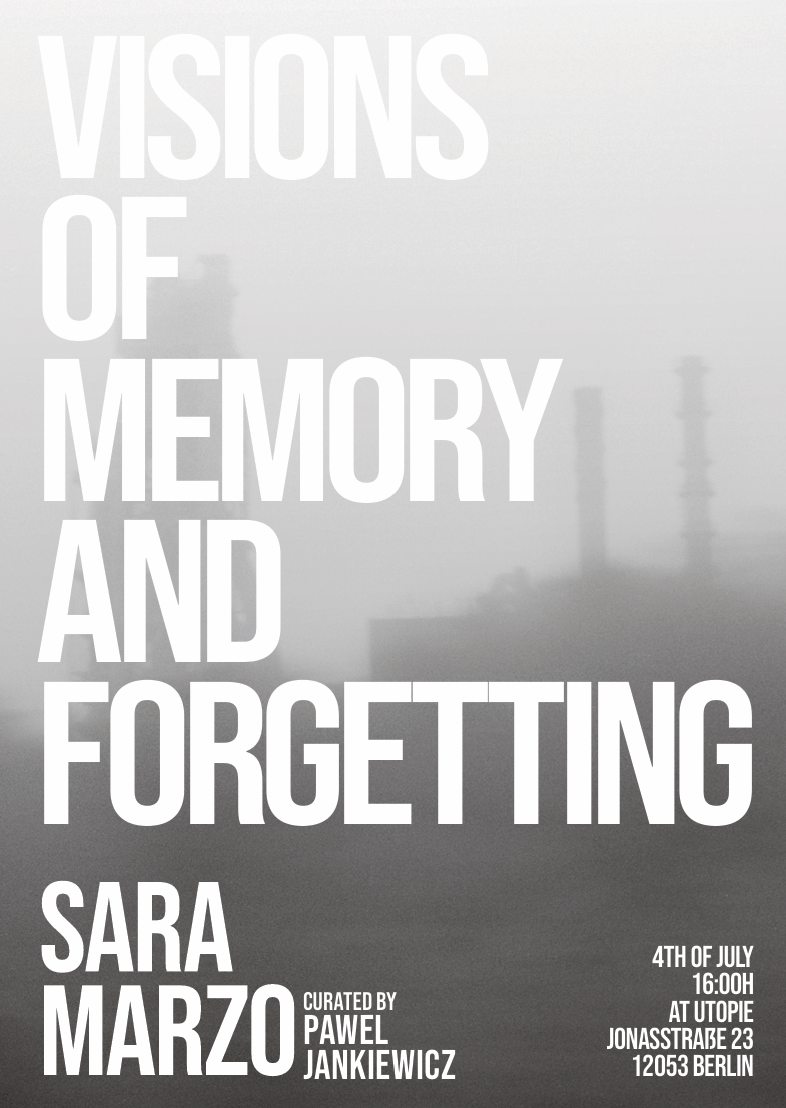Distinct Inside: Ruinology
DISTINCT INSIDE spans two main areas of interest. First, to advance a form of thinking concerned by modern ruination. It points and elaborates its key figures – the half-human, a ruined subject, a crack, or decay. Then, it connects allied disciplines – architecture, archaeology, human geography, psychology, etc. – under the banner of Ruin Studies. The general considerations are designated as Ruinology. Secondly, said rigour is brought to a poetic field, where it becomes a writing proper. The main concept guiding this process is termed “in-distinct” (revealing a difference when inhabited). Thematically, it tends to support emergent values, from often overlooked areas. It is responsive to their surprises; it stands by the dignity of proletarized experience, the appropriate light of dim areas, and the vitality they shelter.
